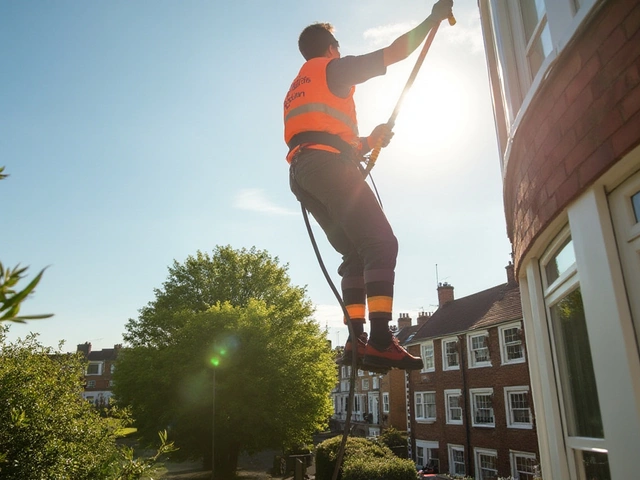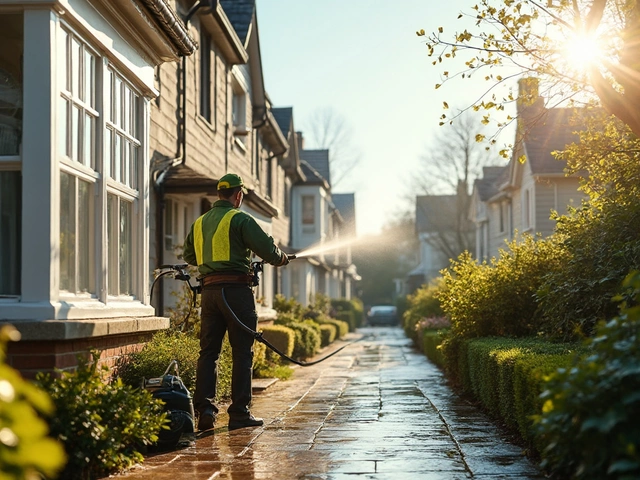Rental Deposit Essentials: What Every Landlord and Tenant Should Know
When dealing with rental deposit, a sum of money held by a landlord to cover potential damage or unpaid rent. Also known as a security deposit, it plays a crucial role in the rental relationship.
Every Tenancy Agreement, the contract that binds landlord and tenant should specify how the deposit will be protected, usually through a Deposit Protection Scheme, a government‑approved service that safeguards the money. The landlord, property owner who rents out the space is legally required to place the deposit in such a scheme within 30 days, and the tenant, the person living in the property has the right to a receipt and the scheme’s contact details.
Rental deposit encompasses tenant security, landlord compliance, and the condition of the property. It requires clear documentation, timely registration, and a mutual understanding of wear and tear versus actual damage. When the tenancy ends, both parties look at the final inspection to decide how much of the deposit can be returned.
Key Steps to Protect Your Deposit
First, record the property’s state at move‑in. Photographs, videos, and an inventory list form evidence that can settle disputes later. Second, keep the deposit in an approved scheme; this not only meets legal duties but also gives the tenant a safety net.
Third, understand what counts as wear and tear, normal depreciation that occurs from ordinary use. Minor scratches, faded paint, or a thin layer of limescale on bathroom taps are usually acceptable. However, deep burns in the oven, broken windows, or un‑remedied grease buildup can be classified as damage, which may justify withholding part of the deposit.
That’s why a thorough clean before handing back the keys can save you money. Simple DIY cleaners—like the baking‑soda‑vinegar oven wash, or a lemon‑based window shine—can remove stubborn grime without harsh chemicals. A spotless oven, clear windows, and a fresh‑smelling kitchen show respect for the property and make it easier for the landlord to release the full amount.
If the landlord claims deductions, the tenant can raise a dispute with the Deposit Protection Scheme. The scheme will arrange an impartial adjudication, often based on the move‑in and move‑out evidence you’ve gathered. Keeping receipts for professional cleaning services (oven cleaning, window washing, carpet shampooing) can also support your case.
From the landlord’s perspective, documenting any damage with dates, photos, and repair quotes is essential. This documentation forms the factual basis for any partial‑return decision and protects against unfounded claims.
In practice, many disputes arise over ambiguous “wear and tear” definitions. The UK government provides guidance: anything that could reasonably be expected from normal use is not damage. For example, a thin film of limescale on a kettle is wear and tear, while a burnt‑on pizza crust stuck to the oven floor is damage.
Lastly, remember that the deposit is not a fee—it’s a security measure. Both landlord and tenant benefit from transparency, prompt communication, and a clean handover. By following these steps, you’ll reduce stress, avoid costly legal battles, and increase the chances of getting the entire deposit back.
Below you’ll find a curated collection of posts that dive deeper into cleaning hacks, legal nuances, and practical tips—everything you need to manage, protect, and reclaim your rental deposit with confidence.





